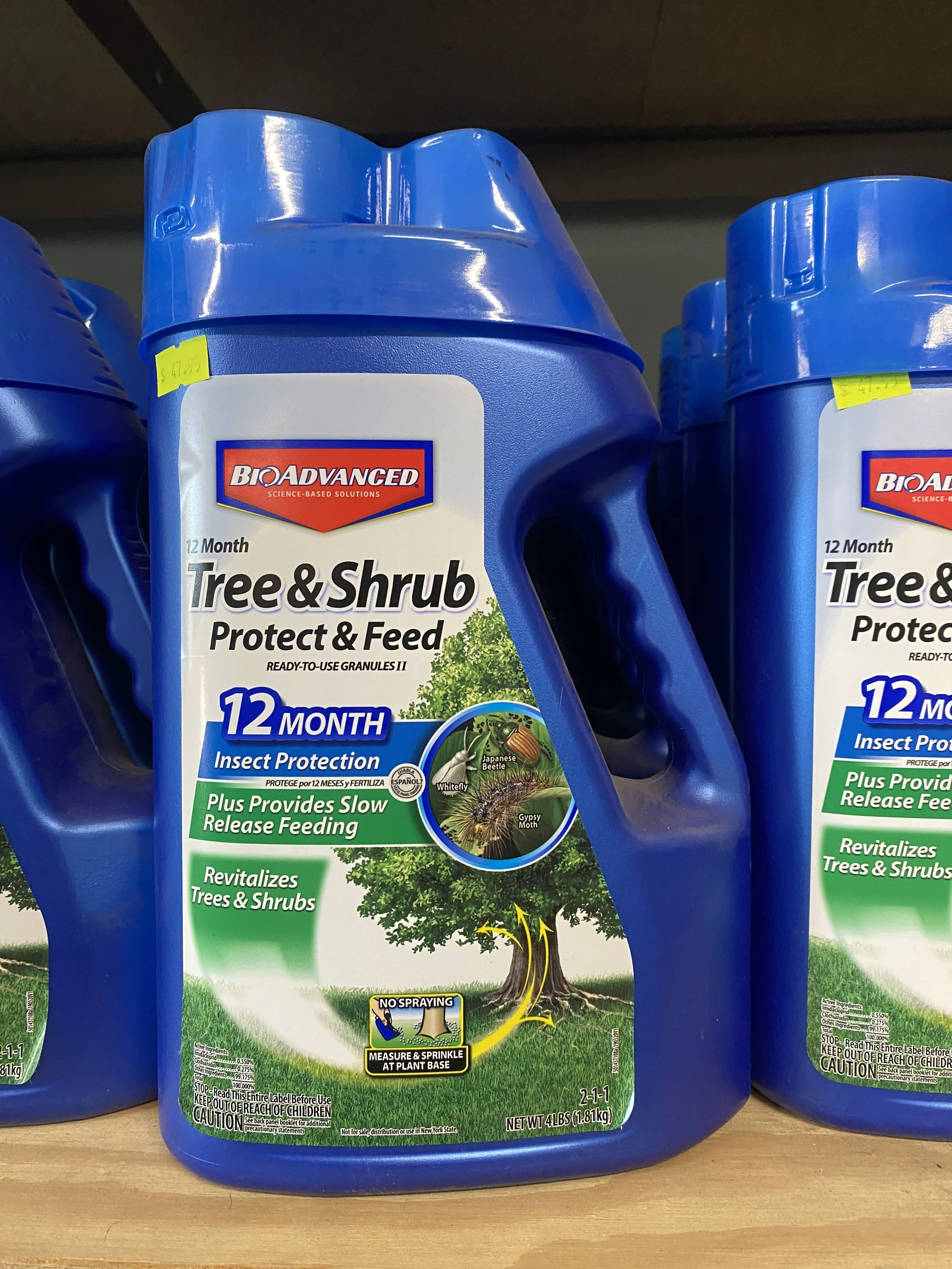When & How to Fertilize Your Garden This Spring
As the soil warms up and new growth appears, spring is the perfect time to give your garden the nutrients it needs to thrive. Whether you're growing flowers, vegetables, or shrubs, a little feeding goes a long way in helping plants bloom bigger, grow stronger, and resist pests and disease.
When Should You Fertilize?
Timing is everything.
You don’t want to fertilize too early when the soil is still cold, as your plants won’t be ready to absorb the nutrients. Wait until:
Soil is consistently above 50°F
You see signs of new growth
About 2–3 weeks after your last frost date
For most of our region, this means early to mid-spring is ideal—March through early May, depending on the weather.
How to Fertilize: A Quick Guide
Start with the Soil
Before you add anything, loosen the soil and remove any leftover mulch or debris from winter. This helps nutrients get to the roots more efficiently.Choose the Right Fertilizer
Different plants need different types of nutrients. If you're unsure, ask our team at Farrill’s and we’ll help match the right formula to your plants.Apply Evenly
Use a spreader for lawn or large garden areas, or sprinkle by hand around the base of plants—just don’t let fertilizer touch the stems or leaves directly.Water it In
After applying fertilizer, water thoroughly. This activates the nutrients and helps them reach the roots where they’re needed most.
Repeat as Needed
Most gardens benefit from a second round of fertilizer later in the season. For vegetables and annuals, feeding every 4–6 weeks can support continuous growth and productivity. Perennials and shrubs may only need fertilizing once or twice a year. Always follow the instructions on your fertilizer label to avoid overfeeding, which can harm plants and lead to nutrient runoff.
Organic vs. Synthetic: What’s Best for Your Garden?
There’s no one-size-fits-all answer—both types have their place in the garden.
Organic fertilizers (like compost, bone meal, or fish emulsion) work more slowly but improve soil structure and promote long-term health.
Synthetic fertilizers act faster and deliver precise nutrients, which is great for quick boosts, especially in vegetables or heavy feeders.
Talk to our team at Farrill’s—we’re happy to help you decide what works best for your goals and garden type.
Final Tips
Always read and follow product directions carefully.
Keep pets and kids away from freshly fertilized areas until everything is watered in and settled.
Don’t forget your containers—potted plants need regular feeding, too!
Fertilizing your garden doesn’t have to be complicated. With the right timing and a little know-how, you’ll set your plants up for a vibrant and healthy growing season.
Stop by Farrill’s Sunrise Nursery & Garden Center—we have everything you need to grow, from top-notch fertilizers to expert advice. Happy gardening!
Check out our 2025 Price Book for all the different varieties we carry.






